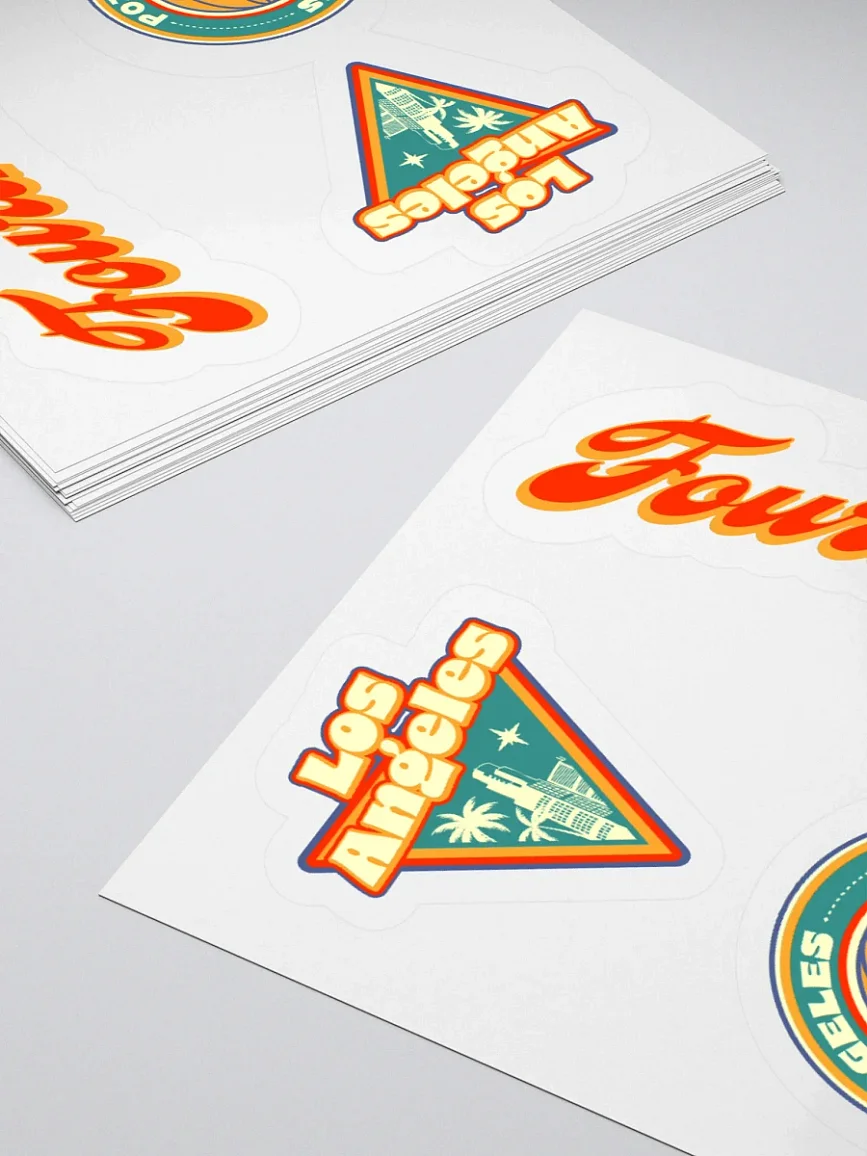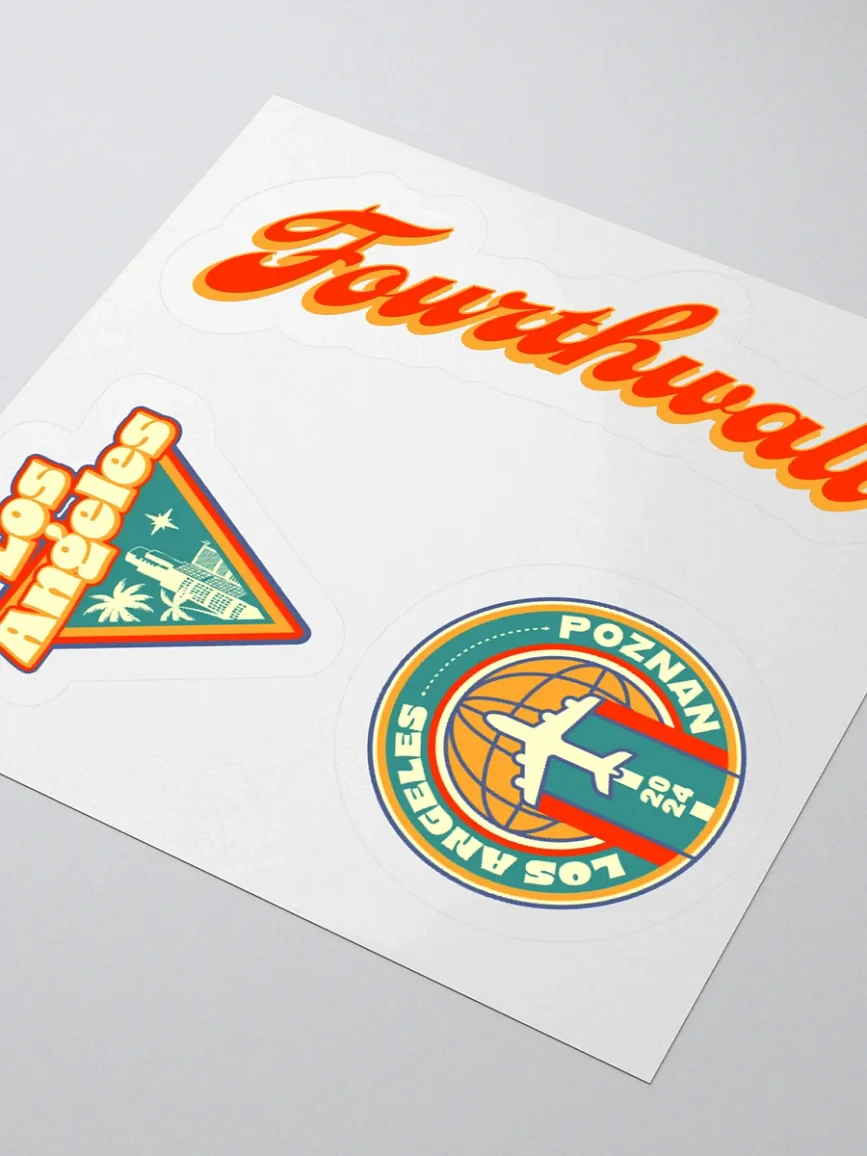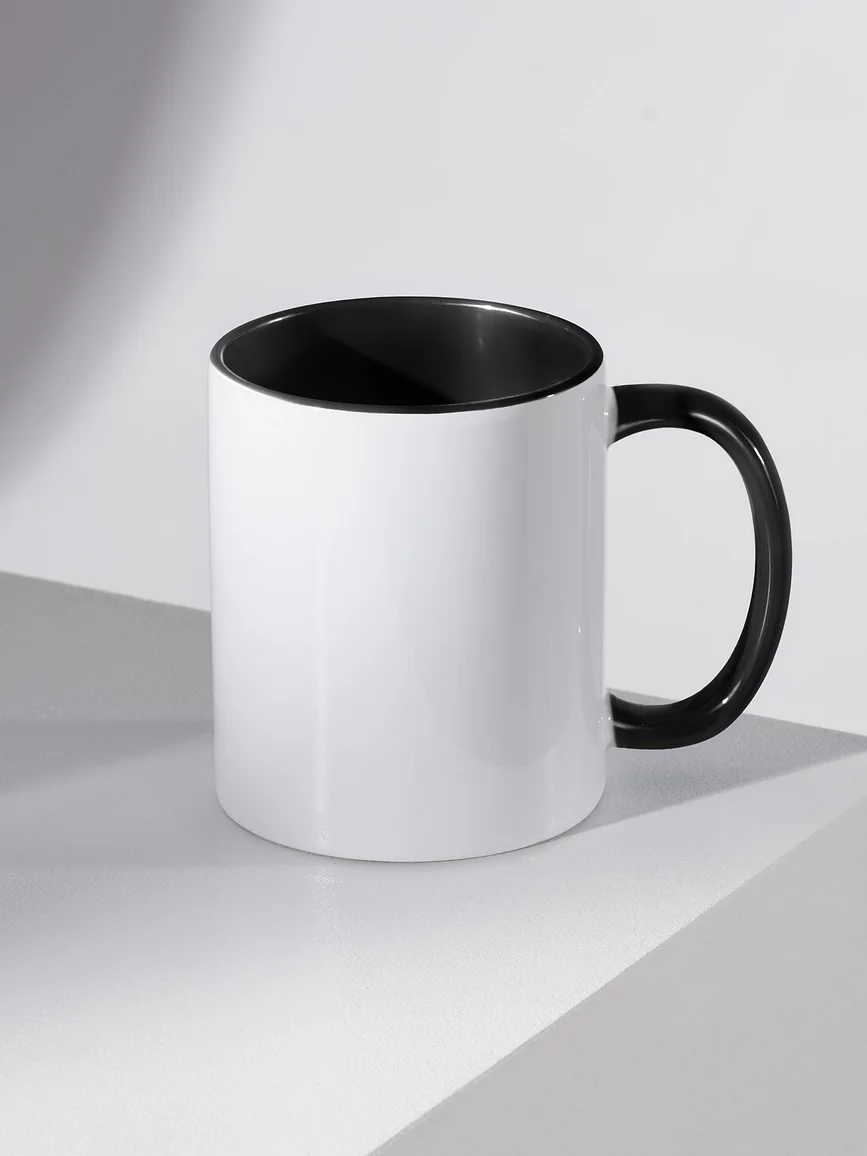How to Choose an Effective Logo Design for Your Brand

For creators, choosing the right logotype plays a crucial role in defining your brand's visual identity. A well-crafted logo not only grabs a potential audience's attention but can help establish an immediate connection with them, making you stand out in a sea of aspiring content creators looking for recognition. Whether you’re starting your own online clothing store or trying to make it big as a streamer or influencer, having a logo that best represents your brand is crucial in this competitive social media landscape.
How to Create a Successful Logo
Creating a successful logo involves a thoughtful and strategic process that demands a careful blend of creativity, market understanding, and a deep connection to your brand's essence. So, before you get started, consider following these quick steps to help ensure your logo aligns with your brand’s narrative.
- Understand Your Brand Identity: Before diving into your design, it’s important to identify your brand’s personality and values. Consider the message and emotions you want your logo to convey, and think about how it will connect with your target audience.
- Research Your Competitors: Analyze and study other logos from creators related to your niche. What type of font and colors do they use? Identify common visual elements and, more importantly, find opportunities to differentiate your logo and make it stand out.
- Simplicity is Key: Keep your design clean and simple. A clutter-free logo is more likely to be recognized and easily recalled. Think about iconic logos like Apple or Nike and how their simple designs contribute to their widespread recognition.
- Utilize Free Logo-Making Tools: Utilizing free logo-making tools like Adobe Express logo maker is beneficial for creators as it provides cost-effective access to professional-quality designs, enabling them to craft a distinctive and impactful brand logo without the need for extensive design skills or having to hire a graphic designer.
- Choose the Right Typography: As mentioned in our previous article, choosing the right typography is crucial in creating an impactful logo for your brand. If your logo includes text, choose a font that reflects your brand’s character. Consider legibility, especially when the logo needs to be scaled down. Creating a custom font for your logo can add a unique touch.
- Consider Color Psychology: Choose colors that align with your brand’s personality and that will help resonate with your audience on an emotional level. Remember, different colors evoke distinct emotions, so select a palette that compliments your brand’s message.
- Check for Possible Trademark Infringement: Make sure your logo design is unique by checking that it doesn’t infringe on any existing trademarks. This step is important as you can help yourself avoid major legal complications down the line.
- Test and Gather Feedback: Finally, before you finalize your logo’s design, seek feedback from a diverse audience of peers and online followers. Post a test design on your Instagram or Twitter/X page and let your followers tell you what they think. This will ensure that it resonates positively with your audiences while properly communicating your brand’s message.
6 Types of Logos
Each logotype has its own unique design considerations, resonating differently with various audiences and brand identities. For creators, the choice of logotype plays a crucial role in defining a brand's visual identity and connecting with its target audience effectively. Here are some fundamental logotypes you should consider when working on your design:
1. Wordmark or Logotype
Wordmarks or logotypes rely solely on typography to represent the brand. They often utilize the brand/company’s name or initials, emphasizing text over graphical elements. These logos are effective for text-centric brands seeking to create a memorable and easily recognizable visual identity.
Example of Usage:
Brands or creators with distinctive names or those emphasizing textual identity. Chamberlain Coffee’s wordmark logo is characterized by a clean, handwritten script that displays simplicity and authenticity. Its typography elicits a personal touch, reflecting the brand’s emphasis on genuine, high-quality coffee.

2. Symbol or Icon
Symbols or icons are standalone graphical elements without text. They are visually impactful and highly versatile, making them instantly recognizable across various platforms and sizes. Businesses, creators, and artists utilize iconic symbols that transcend language barriers and remain etched in consumers' minds.
Example of Usage:
Brands or artists aiming for universal and timeless recognition. A great example is musician and rock icon Prince’s famous “Artist Symbol.” The symbol is a combination of the traditional symbols that represent male and female, merging them into a unique and androgynous design. This symbol helped reflect the artist’s ambiguous sexual identity and became synonymous with his music.

3. Combination Logos
Combination marks amalgamate both text and a graphical element. They offer the best of both worlds, allowing the brand's name or initials to accompany a distinctive symbol. This type of logo provides flexibility in terms of usage, catering to various branding contexts.
Example of Usage:
Celebrities or brands are seeking a balance between a distinct symbol and a prominent brand name. Streamer and professional gamer Ninja’s logo features a stylized ninja character alongside his signature typography. The ninja icon adds a unique visual element that resonates with his online persona, creating a distinct and memorable logo for fans.

4. Emblem
Emblems feature the brand's name or initials enclosed within a symbol or badge. This type often exudes a sense of tradition, authority, and heritage, making it suitable for brands looking to establish a prestigious image.
Example of Usage:
Automotive and motorcycle brands frequently use emblems in their logos to establish a strong and lasting brand identity. One example that stands out is the Harley-Davidson logo. This instantly recognizable bar-and-shield design serves as a powerful reminder of the company’s heritage and the unique lifestyle the brand represents.

5. Abstract Logos
Abstract logos are non-literal, symbolic representations that distill a brand’s identity into a unique visual element. Unlike representational logos, abstract logos don’t directly depict recognizable objects or symbols. Instead, they use shapes, lines, and forms to carry a brand's essence in a more conceptual manner.
Example of Usage:
Brands looking for unique and modern visual identity while offering versatility and depth. The Nike Swoosh stands as a testament to the effectiveness of abstract symbols in communicating a brand’s identity without relying on literal representations. Its minimalist design, which represents motion and athleticism, aligns perfectly with the brand’s commitment to innovation and performance.

6. Mascot
Mascot logos incorporate an illustrated character or figure as the brand representative. They add a touch of personality, charm, and relatability to the brand or creator, often appealing to younger audiences.
Example of Usage:
Brands or creators targeting specific demographics and seeking relatability, like popular YouTuber Mr. Beast. The creator’s blue and white wild cat mascot is a visual shorthand that represents both his unique style of videos and his mission of making a positive impact through charitable endeavors.

Enhance Your Brand With Fourthwall
For creators seeking to elevate their brand identity and effectively communicate their message, Fourthwall offers a suite of services encompassing brand customization. From customizable websites to merchandise options, Fourthwall empowers creators to amplify their brand presence, including the creation of a well-crafted logo.
















